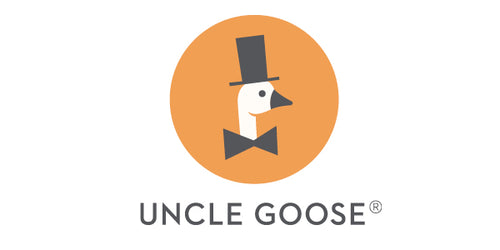
Hey, Earthlings: Keep your Eyes on Jupiter and Saturn!
It’s been plenty cloudy here in Michigan this winter, but that hasn’t stopped us from looking upward with hope. As we gaze into the sky right after sunset, we’re keeping our eyes on Jupiter and Saturn.
These two gas giants are going to be in conjunction on December 21, 2020. This means the planets will appear close together in the sky as we look up at them from Planet Earth.
Jupiter and Saturn appear to be getting closer every night during the first part of December. Then, on the winter solstice, they will be 0.1 degrees apart. This will make it look as if they are less than a quarter of a moon apart!
Why do these two planets seem so close? It takes Jupiter about 12 years to orbit the sun. Saturn takes around 30 years. And the Earth orbits the sun once every year.
About every 20 years, we have an opportunity to see Jupiter lap Saturn. This means that to us, Jupiter and Saturn will appear close together as we view them from Earth.

And because this conjunction or "coming together" will happen in the night sky, this increases our chances of witnessing the event. You don't need to stay up late, either. You can see the two planets just after sunset.
We also need clear, cloudless skies to see the planets. In December, this can be an iffy proposition, but it doesn’t stop us from trying!
After all, this is the closest these two planets have appeared together in hundreds of years. And it will be a long time before they seem that close in the night sky to those of us who live on Planet Earth.
So of course, science-loving earthlings are keeping our eyes on those two gas giants. It’s a rare event. Plus, we can see Jupiter and Saturn without a telescope. They’re the two biggest planets in our solar system.
You’ll recognize Jupiter. Other than the moon, it’ll look like the biggest celestial object in the night sky. Jupiter's much bigger than the moon, of course, but it's much farther away from Earth.
Saturn is big, too. But it’s not as big as Jupiter. It’s also farther away from Earth than Jupiter. If it’s easier for you to identify planets by color, Saturn shines a bit yellow, while Jupiter looks more whitish-blue.
If you have a telescope, try looking for these two planets every evening after sunset in December and January. Can you see the rings of Saturn? Can you get Jupiter and Saturn in the same frame on December 21?
What else can you see in the winter night sky?


